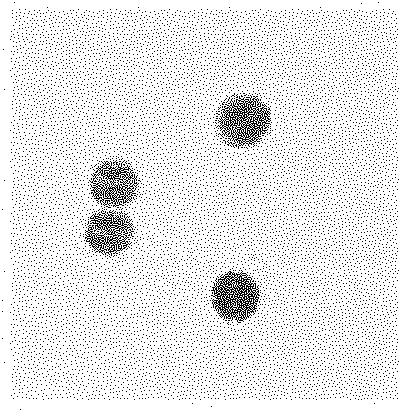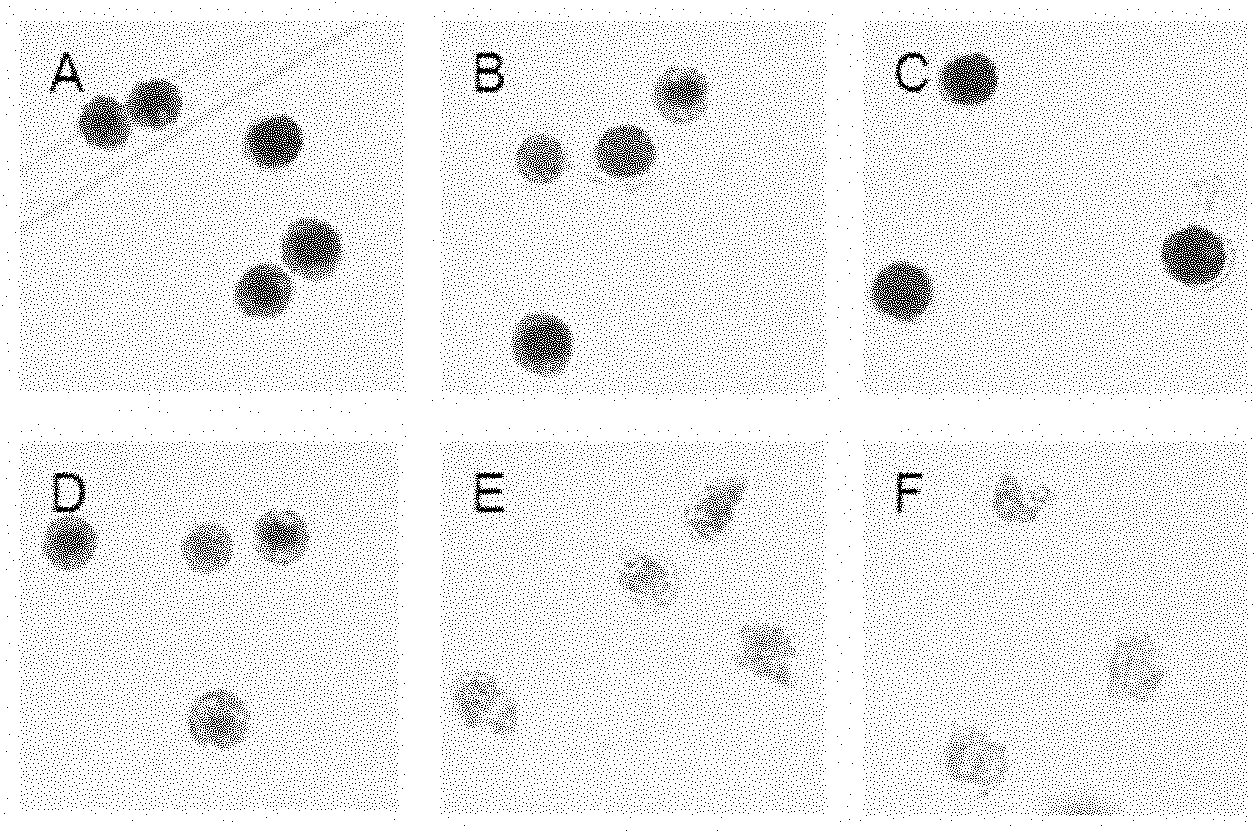Culture medium for Pseudoalteromonas sp.DHQ25 and preparation method thereof
A technology of DHQ25 and Pseudomonas, which is applied to the culture medium and preparation field of Pseudomonas Alternaria DHQ25
- Summary
- Abstract
- Description
- Claims
- Application Information
AI Technical Summary
Problems solved by technology
Method used
Image
Examples
Embodiment 1
[0042] Embodiment 1 PB design
[0043] This PB design (X 1 ) peptone, (X 2 ) yeast powder, (X 3 ) Glucose, (X 4 )NaCl, (X 5 )MgSO 4 .7H 2 O, (X 6 )CaCl 2 .2H 2 O, (X 7 )KCl, (X 8 )K 2 HPO 4 , (X 9 )KH 2 PO 4 , (X 10 )Fe 2 (SO 4 ) 3 The selected factors and their initial levels are shown in Table 1. Among them, -1 represents a low level, +1 represents a high level, and the response value Y is the bacterial concentration (OD 600 ). The PB design table and experimental results are shown in Table 2, and the analysis of variance using software for this result is shown in Table 3, (X 1 ) peptone and (X 2 ) Yeast powder is the main influencing factor, they are all significant at the 0.05 level, and the order of significance is: peptone>yeast powder. The remaining factors were not significant, so the concentration was controlled at the central point (see Table 1) as a constant in subsequent experiments, and the effect of peptone and yeast powder on the response...
Embodiment 2
[0059] Embodiment 2 The fastest ascent experimental design
[0060]From the fitted first-order model, it can be known that the coefficients of peptone and yeast powder are both positive, indicating that the increase in their amount will be conducive to the increase of bacterial cell concentration. Therefore, to move along the fastest ascending path, it is necessary to follow the path where both peptone and yeast powder increase. Direction for climbing experiments. The experimental design and results are shown in Table 6. The design stipulates that the basic step length λ1 of peptone normative variable = 1, then the basic step length λ2 of the normative variable of yeast powder and their conversion with the actual step lengths Δξ1 and Δξ2 of peptone and yeast powder are as follows:
[0061] λ2=(0.1045 / 0.166)×λ1=0.63 Δξ1=λ1×1=1 Δξ2=λ2×0.5=0.315
[0062] It can be seen from Table 6 that when the concentration of peptone and yeast powder increased to 13g / L and 4.15g / L at point 10...
Embodiment 3
[0065] Example 3 Response surface design
[0066] According to the results of the fastest ascent experiment, take the origin + 10ξ as the center point, double the step length in the fastest ascent experiment as the central combination design step size, select the number of center experiments as 5, and the asterisk arm length as 1.414, except for the yeast powder and peptone The amount changes, and other factors are fixed at the center point for experiments. The central combination design and results are shown in Table 7.
[0067] Table 7 Central combination design
[0068]
[0069] The first 9 experiments in Table 7 are actually 2 2 In the experiment, the analysis of variance (Table 8) carried out on this shows that the first-order item and the interaction are all non-significant, indicating that the first-order model is not suitable, the pure quadratic item is significant, and the test results are close to the optimal point. The set of experiments constituted a 5-level ...
PUM
 Login to View More
Login to View More Abstract
Description
Claims
Application Information
 Login to View More
Login to View More - R&D
- Intellectual Property
- Life Sciences
- Materials
- Tech Scout
- Unparalleled Data Quality
- Higher Quality Content
- 60% Fewer Hallucinations
Browse by: Latest US Patents, China's latest patents, Technical Efficacy Thesaurus, Application Domain, Technology Topic, Popular Technical Reports.
© 2025 PatSnap. All rights reserved.Legal|Privacy policy|Modern Slavery Act Transparency Statement|Sitemap|About US| Contact US: help@patsnap.com



